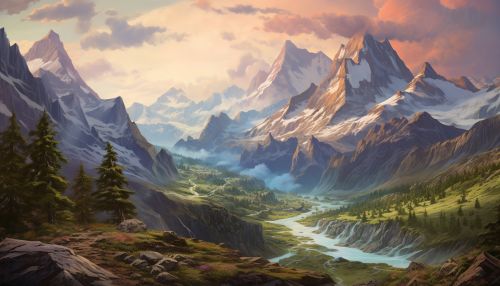Quaternary
Overview
The Quaternary is the current and most recent of the three periods of the Cenozoic Era in the geologic time scale of the International Commission on Stratigraphy (ICS). It follows the Neogene Period and spans from 2.588 ± 0.005 million years ago to the present. The Quaternary Period is divided into two epochs: the Pleistocene and the Holocene.
Geology
The Quaternary geological record is preserved in greater detail than that for earlier periods. The major geographical changes during this period include the emergence of the Strait of Gibraltar and the formation of the Isthmus of Panama, which made possible the Great American Interchange of species between North and South America. The period has been characterized by several periods of glaciation (the "ice ages") and the advance and retreat of ice sheets in the polar regions.


Climate
The climate of the Quaternary was the most severe of the Cenozoic Era. Several major ice ages occurred, interspersed with warmer "interglacial" periods. The most recent glaciation, the "Last Glacial Maximum", ended about 10,000 years ago, and since then the Earth has been in an interglacial period called the Holocene. During the Quaternary, there was a major shift in the global climate system, from a relatively stable state with small temperature fluctuations to a highly variable and unstable state.
Flora and Fauna
The Quaternary saw the extinctions of numerous predominantly larger, especially megafaunal, species, many of which occurred during the transition from the Pleistocene to the Holocene epoch. A significant evolutionary event during the Quaternary was the development of Homo sapiens. Humans first appeared in East Africa, and by the end of the period had populated nearly the entire planet.
Human Evolution
The Quaternary includes two geologic epochs: the Pleistocene and the Holocene that have witnessed the evolution and development of humans. Modern humans evolved about 315,000 years ago during the Pleistocene, and Homo sapiens have populated all continents by the end of the Quaternary, developing technology and culture, and significantly influencing the Earth's climate and ecosystems.
